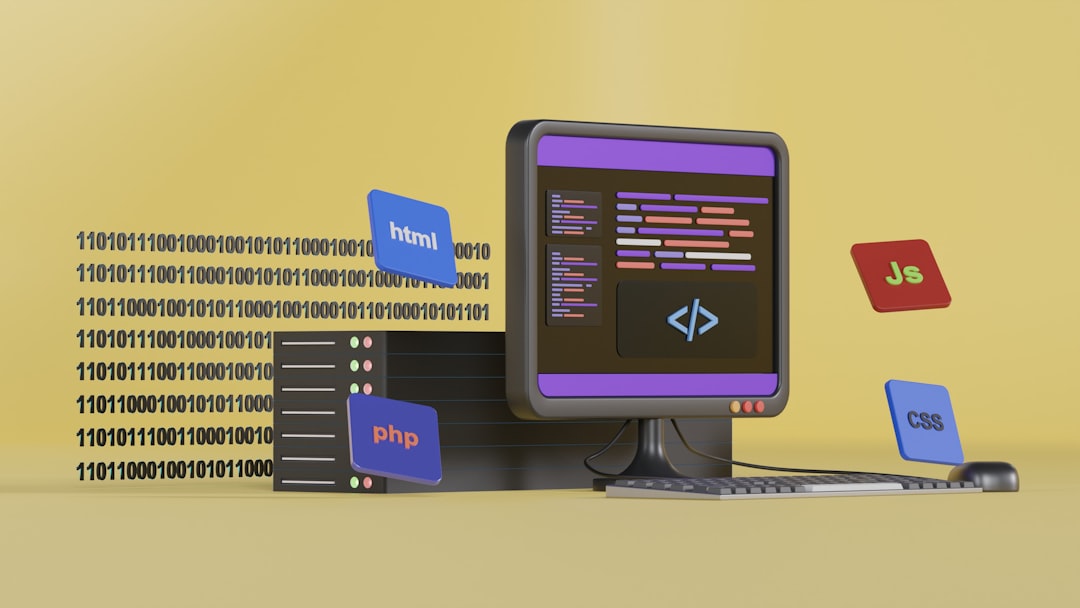In today’s highly connected digital landscape, B2B API integration is a fundamental necessity for organizations aiming to streamline operations, enhance communication, and ensure efficient data exchange between systems. For development teams working with products like Assign Staff — a staffing and resource management platform — understanding and executing a B2B API integration can be the cornerstone for future growth and operational efficiency.
This step-by-step guide breaks down the B2B API integration process, specifically for Assign Staff, in a clear and methodical way tailored for development teams.
Why B2B API Integration Matters
B2B API integration allows companies to connect their internal systems with partner platforms to automate workflows, sync real-time data, and improve team collaboration across entities. For staffing-related operations, this means seamless data transitions regarding job requests, employee availability, task assignments, and performance metrics — all in real-time.
From minimizing manual input to increasing the velocity of decision-making, APIs are the engine behind modern B2B communication.
Step-by-Step Guide for Assign Staff B2B API Integration
1. Understand Assign Staff’s API Offering
Before diving into integration work, development teams should get familiar with the full API documentation provided by Assign Staff. This includes:
- Authentication methods (usually OAuth2 or API Keys)
- Rate limits to avoid throttling
- Available endpoints such as /jobs, /candidates, /assignments, and /performance
- Data structure and return types (typically JSON or XML)
This foundation helps avoid early integration pitfalls and ensures your team is aligned with Assign Staff’s API standards.
Image not found in postmeta
2. Define the Integration Objectives
Development teams should collaborate with business stakeholders to outline key goals for the integration. Common objectives might include:
- Automated candidate syncing between internal ATS and Assign Staff
- Real-time job posting and assignment automation
- Daily reporting and analytics through fetched API data
Having well-defined KPIs ensures that the integration meets business expectations and provides measurable value.
3. Set Up API Authentication
Most B2B APIs including Assign Staff use token-based authentication. Begin by registering your application with Assign Staff’s developer portal to receive your API credentials.
Ensure your code properly handles token refresh logic if OAuth2 is used. Security best practices such as environment-based configuration and encrypted storage of credentials should be followed strictly.
4. Design the System Architecture
Once you have access to the API, define how the integration will fit into your current software architecture. Decide if it will be:
- A scheduled sync plugin running on your backend
- An event-driven microservice
- A hybrid approach with real-time event responses and periodic batching
Use of message queues (like Kafka or RabbitMQ) and job schedulers (like Celery or CronJobs) is recommended for large-scale integrations.
5. Map Data Models
Next, developers should identify how internal data models align with Assign Staff’s models. For example:
- Your system’s talentProfile may map to Assign Staff’s candidate object
- Internal job requisitions may correspond to Assign Staff’s jobRequest
Proper mapping establishes consistent data formatting and helps avoid unexpected API errors.
6. Develop Integration Logic
This is the core of the B2B integration effort. Development teams should:
- Use standardized libraries or SDKs when available
- Handle API pagination, timeouts, and failures gracefully
- Implement comprehensive logging and metrics collection
Test each endpoint separately before chaining API calls together in production-level workflows.
Image not found in postmeta
7. Secure Your Requests and Data
Always use HTTPS for all API transactions. Make sure tokens are rotated periodically, and audit logs for sensitive operations are properly maintained. Assign Staff provides audit endpoints which developers should leverage for tracking.
8. Conduct Integration Testing
Before going live, conduct extensive QA using staging accounts and mock data. Test for:
- Edge-case data handling
- Resilience to API downtime
- Correct response formats
Assign Staff typically provides sandbox environments. Ensure all tests clear in this space before deploying to production.
9. Monitor and Optimize
Once the integration is active, employ monitoring tools like Datadog, Prometheus, or custom dashboards to observe traffic and error patterns. Implement alerting for pipeline failures, credential issues, and latency anomalies.
Use gathered insights to reiterate and improve the performance and reliability of the integration.
10. Maintain Documentation
Every integration cycle must end with thorough documentation. Include knowledge on:
- API endpoint purposes
- Authentication key storage and refresh rules
- Error codes and retry policy
- Rollback procedures
This ensures resilience and knowledge retention in situations involving developer turnover or system changes.
Best Practices
- Version Management: Always use versioned API endpoints to avoid breaking changes.
- Rate Limit Awareness: Implement graceful retry mechanisms under high-usage scenarios.
- Change Tracking: Use webhooks provided by Assign Staff to stay updated on resource states if available.
FAQs
Q1: Does Assign Staff offer a sandbox for development and testing?
Yes. Assign Staff provides a sandbox environment that allows developers to test their API integrations safely. Be sure to request sandbox access through the developer portal.
Q2: How does Assign Staff handle API authentication?
Assign Staff typically uses OAuth2 for secure token-based authentication. After registering your app, you will receive client credentials to request access tokens that must be included in each API call.
Q3: What happens if the API limit is exceeded?
Assign Staff enforces rate limits. If exceeded, your app will receive HTTP 429 errors. Incorporate exponential back-off or retry queues to manage spikes gracefully.
Q4: Are there SDKs or libraries available to speed up integration?
Currently, Assign Staff offers SDKs for popular languages such as JavaScript, Python, and Java. These libraries abstract many complexities associated with raw HTTP interactions.
Q5: Can I use webhooks for real-time event notifications?
Yes, Assign Staff supports webhooks for key activities like new job postings, assignment updates, and candidate status changes. Webhooks allow near-instantaneous updates without polling.
Conclusion
Successfully integrating Assign Staff’s B2B API can significantly elevate an organization’s operational efficiency by automating core tasks in staffing, resource allocation, and performance monitoring. By following a systematic approach — from understanding the API to securing and maintaining your implementation — development teams can create robust, scalable integrations that align with evolving business needs.
With the right strategic planning and development practices, your API integration with Assign Staff can become a high-value, low-maintenance asset for years to come.

